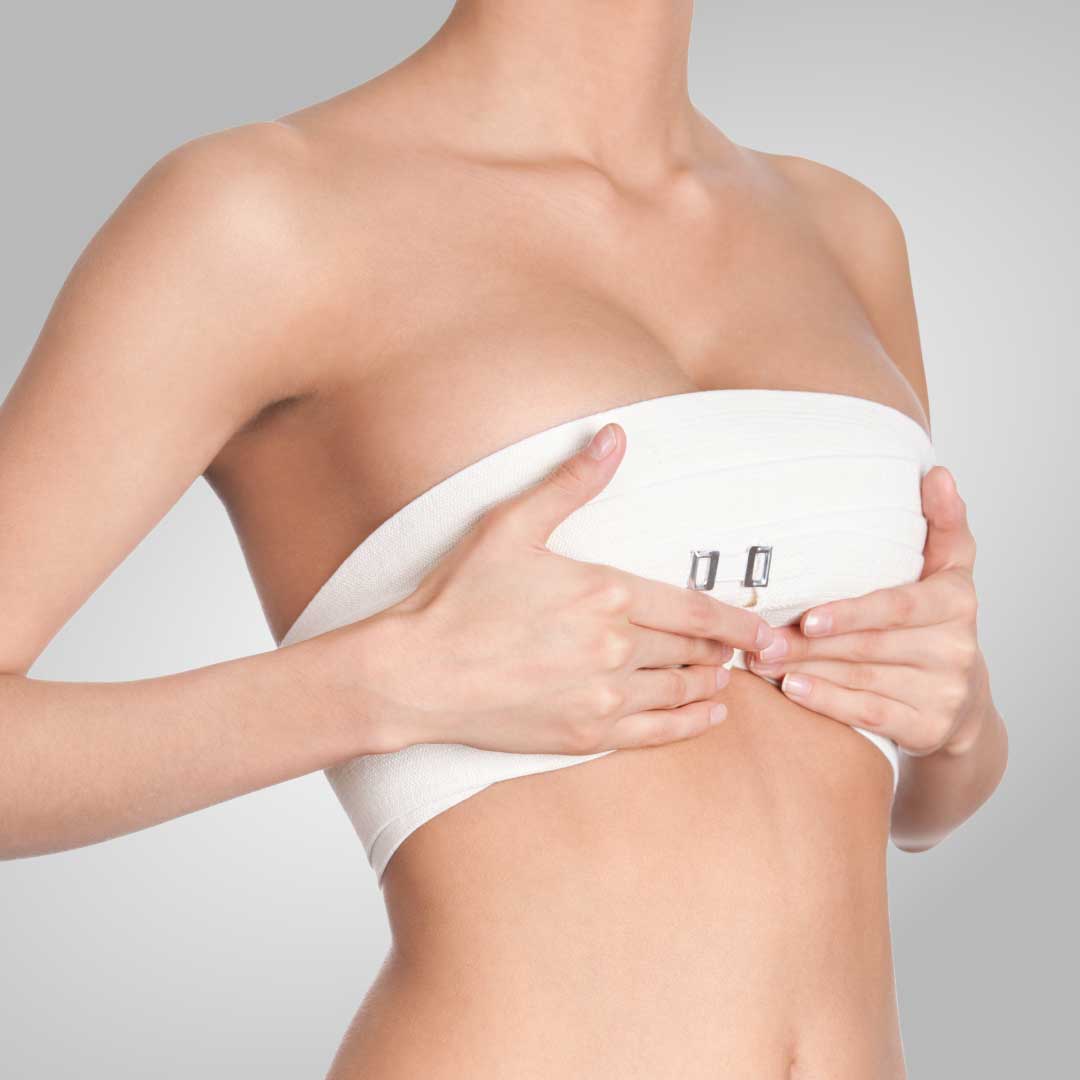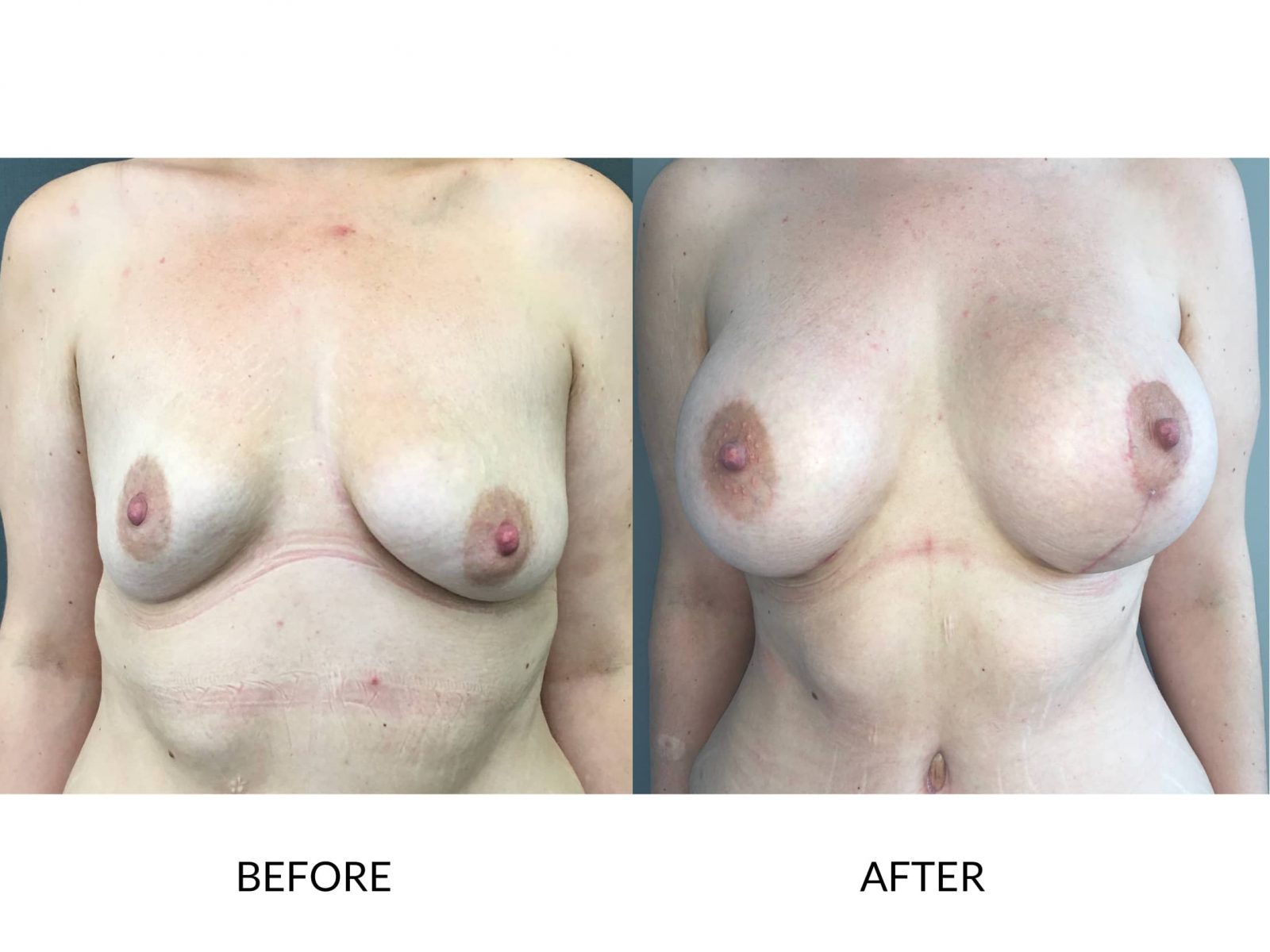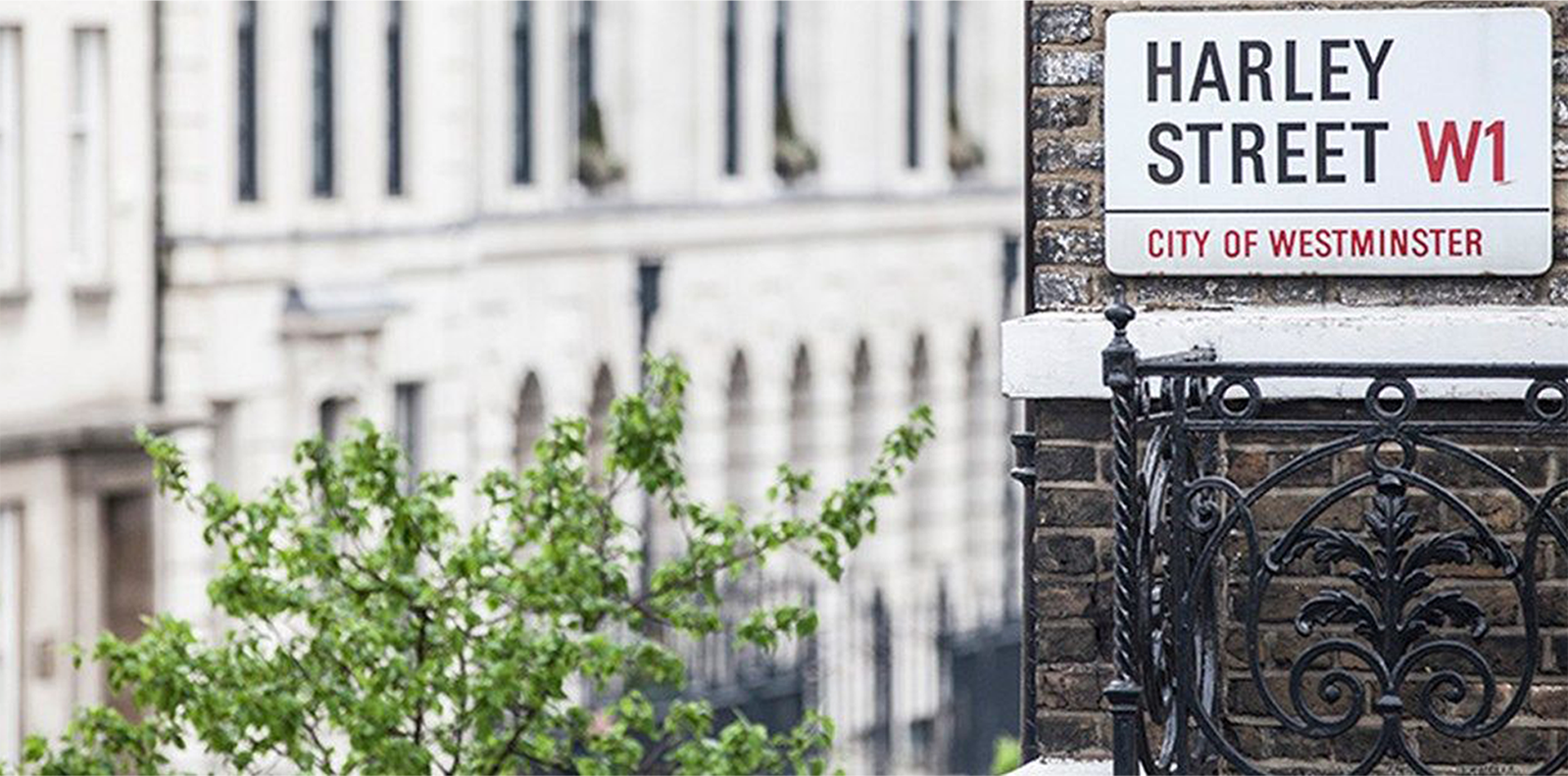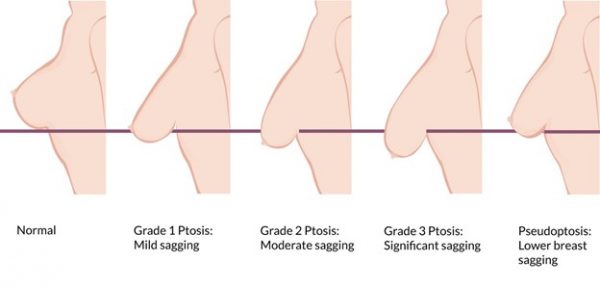

Why Does Breast Ptosis Happen?
Generally, we see breast ptosis among older women as a natural result of ageing. Conversely, younger women are also just as likely to experience the condition. Breasts can grow very quickly through puberty, and they can start to sag if the weight of the breast is disproportionate to the woman’s frame.
Pregnancy can also contribute to breast ptosis. Despite what many people believe, it is not breastfeeding that causes the breasts to sag. It is the pregnancy itself and other influences. The more pregnancies you have, the greater your chances are of developing saggy breasts. When you have experienced more than one pregnancy, the skin is repeatedly stretched as the hormones stimulate milk-secreting glands in the breast, causing them to grow. When this process stops, the volume of the breasts rapidly diminishes regardless of whether or not you have breastfed.
Weight fluctuations, menopause, smoking and larger cup size can also cause breast ptosis.
For women going through menopause, there is a reduction in oestrogen, which can reduce breast size and fullness. Oestrogen is the hormone that is essential for the formation of breast tissue. Loss of elasticity at this age worsens the condition.

Options For Breast Ptosis
Breasts come in all shapes and sizes, and it’s important to remember that there are all kinds of variations. During your consultation, the surgeon will discuss your individual needs and assess the surgical technique that is most appropriate for your situation. The ideal candidate for the surgery will have a gap that is greater than 8 inches between the centre of the nipple and the sternal notch.
Sometimes, there is no reason for the loss in volume and height other than gravity. It’s impossible to defy gravity, and this, unfortunately, does affect where the breasts sit on the chest. If you’ve experienced a loss of volume, shape, size and height in the breasts, you may wish to consider reconstructing the breast through surgery.
A surgeon may combine a breast lift with augmentation. Alternatively, they may suggest a breast lift alone, or may feel that you can require a lift from implants, like the patient shown above. This patient had pre-existing asymmetry and so one implant used was slighter larger than the other. The surgeon also used a periareolar incision on the left breast to reposition the nipple and achieve more symmetry.
Upper fullness in the breast can give you a different kind of sagging than if you have lower fullness in the breast. The surgeon will define the type of the ptosis by evaluating whereabouts the nipple is positioned in relation to the inframammary fold, which is the point when the bottom of the breast attaches to the chest wall.
During a Mastopexy/breast lift, an area of the skin is removed, and the breast tissue is repositioned to give a more lifted and firmer appearance. On occasions, the nipple may also be repositioned, but the surgeon will aim to achieve the most visually appealing outcome to reduce scarring. The goal is often to get a more lifted and achieve a symmetrical appearance of the breasts following the procedure.
Request a Consultation
Please note, all consultations are subject to the applicable consultation change or deposit.
REQUEST A CONSULTATION
To request a consultation, please complete this form.
Alternatively Call Us On 0344 692 1111
Our Patient Advisors are contactable via phone Monday to Friday from the hours of 10:00 – 18:00
To request a consultation, please complete this form.
REQUEST A CONSULTATION
To request a consultation, please complete this form.
Alternatively Call Us On 0344 692 1111
Our Patient Advisors are contactable via phone Monday to Friday from the hours of 10:00 – 18:00

